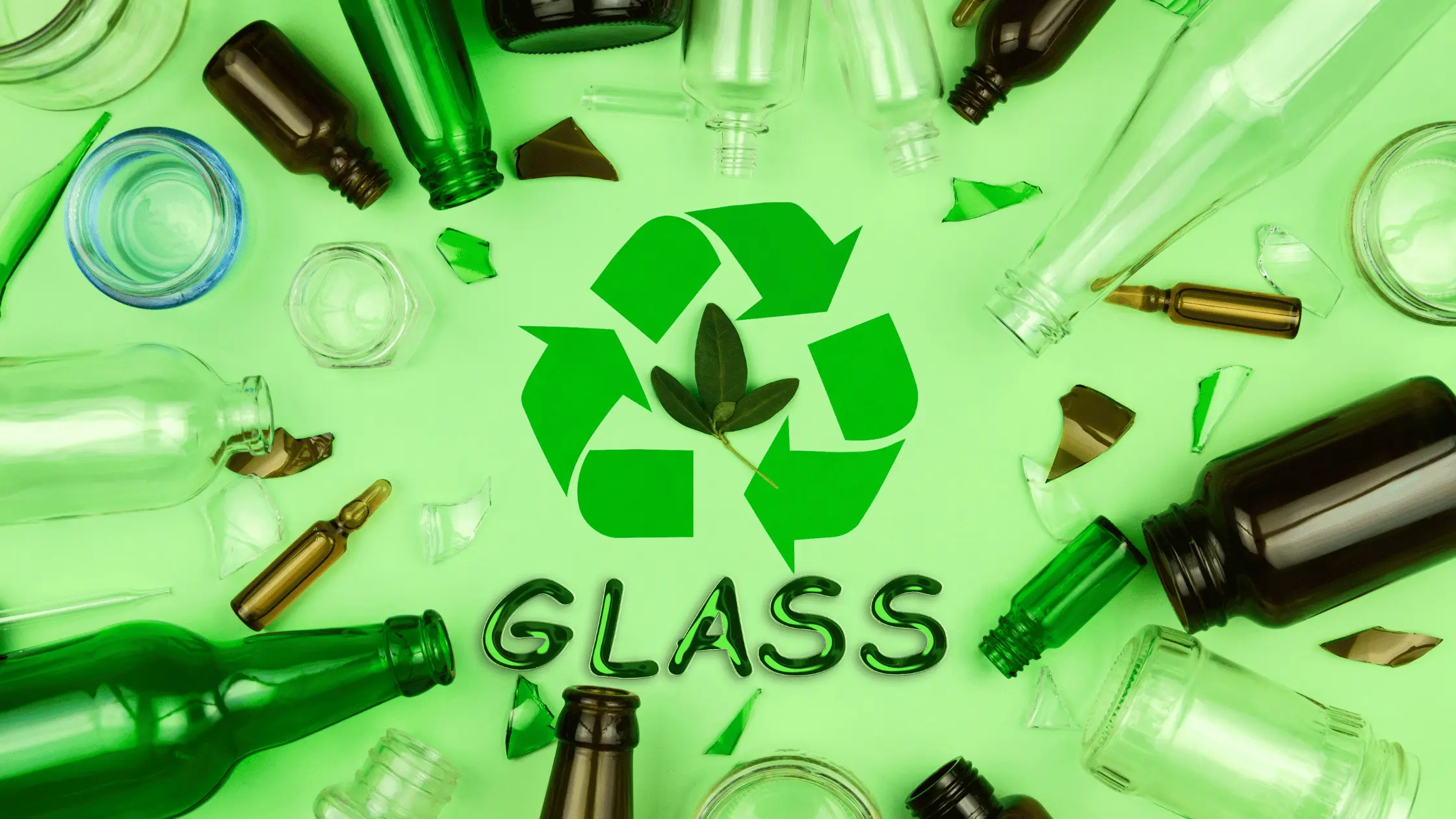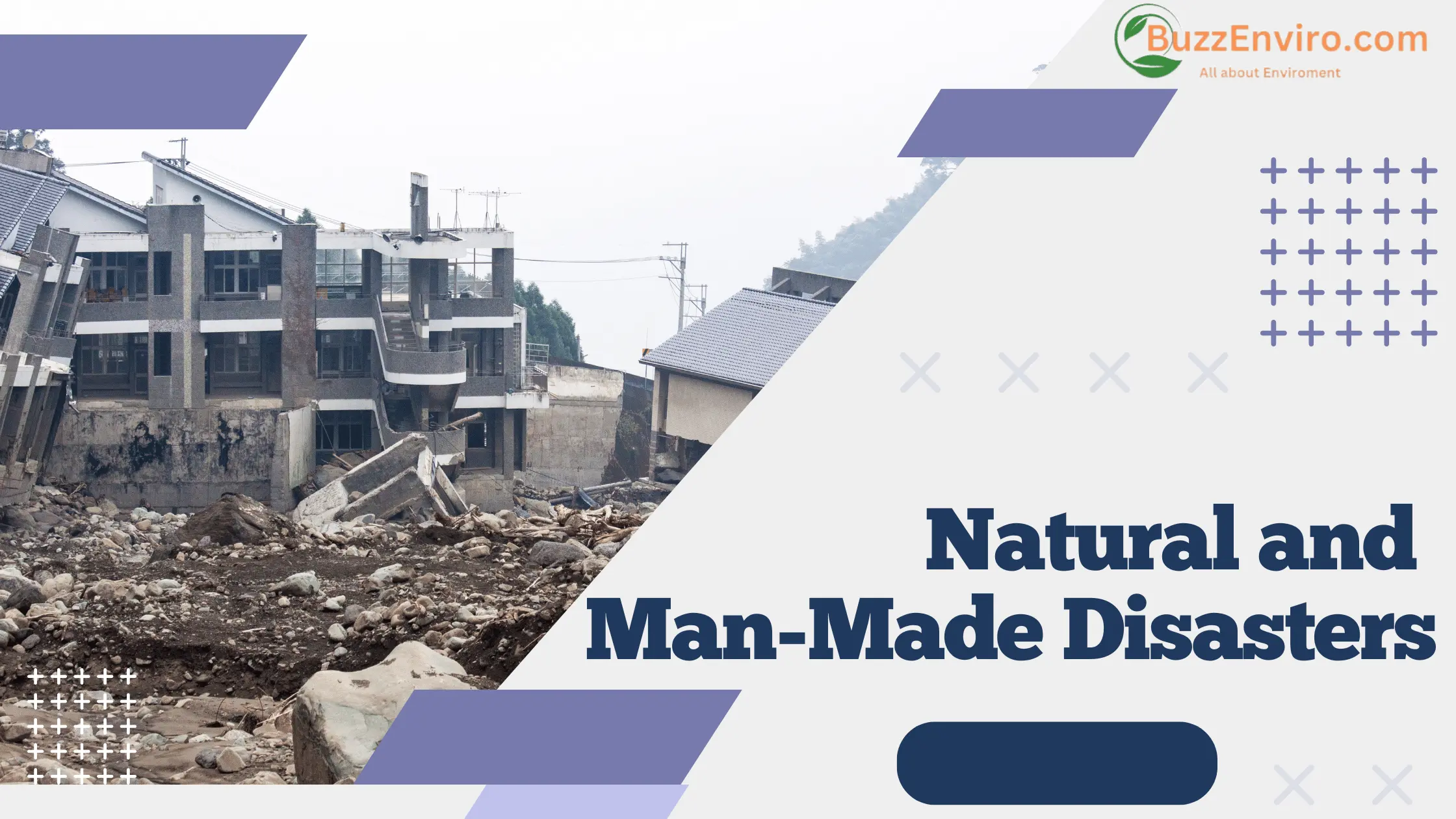When industries handle gases and vapors, sometimes these substances leak into the air unintentionally. This is known as fugitive emissions. They come from things like pipes, valves, and storage tanks. These emissions can be harmful to the environment and our health because they add pollution to the air.
In this blog post, we’ll explain what fugitive emissions are, where they come from, how they affect our environment and health, the rules around them, and what can be done to reduce their impact. Join us as we explore this important topic and learn about ways to make industries cleaner and safer.
What are Fugitive Emissions?
Fugitive emissions are unintended releases of gases or vapors into the atmosphere from various sources such as industrial equipment, pipelines, or storage tanks. These emissions occur due to leaks, equipment malfunctions, improper operation, or inadequate maintenance. Fugitive emissions often contain volatile organic compounds (VOCs), hazardous air pollutants (HAPs), and sometimes greenhouse gases (GHGs) like methane.
Types of Fugitive Emission
Fugitive emissions are emitted in a variety of ways, including particulate matter, aerosols, and greenhouse gases. The greenhouse gases most detrimental to the environment are greenhouse gases, including refrigerants and methane
1. Dust

Fugitive dust, which is made up of fine particles of dirt and other organic matter, is released unintentionally from unpaved roads, agricultural tilling, and heavy construction. When kicked-up, it contributes to air pollution. Fugitive dust can cause breathing problems, chronic respiratory disease, and lung diseases. It can also contribute to traffic accidents by reducing visibility. It can also reduce agricultural productivity by blocking sunlight. The southwest of the United States is particularly prone to the release of fugitive dust from ongoing construction projects. This is because the area is mostly arid or semi-arid.
2. CFCs

In the 20th century, CFCs were widely used as refrigerants. In the 1990s, CFC production was banned in the US and many other countries. However, CFCs continue to be released accidentally from outdated equipment and from recycled CFCs used in fire suppression systems today. In 2012, there was a sudden and persistent rise in global emissions of a type of CFC called CFC-11. CFC-11 accounts for 25% of all ozone-dissolving chlorine reaching the stratosphere. International efforts to reduce CFC fugitive release led to rapid reductions in atmospheric CFCs between 2019 and 2020.
3. Nebulizers

Fugitive emissions are caused by a variety of aerosols used in modern medicine. One of the most common sources of fugitive emissions is from nebulizers. Nebulizers are used to deliver drugs that have been aerosolized to the patient’s lungs. These nebulizers are mainly used for the treatment of respiratory diseases. Some of these aerosols escape during the process of delivery to the patient. The fugitive emissions can linger in the environment for several hours, making people more likely to accidentally inhale medication.
4. Oil and Gas
Fugitive emissions from oil and gas wells account for one-third. For example, in 2018, an oil and gas well operated by an ExxonMobil subsidiary in Ohio released more than a million cubic feet of fugitive methane into the air over a period of 20 days. The massive leak was discovered by a satellite’s routine global survey, the first time a leak of this magnitude had been detected with satellite technology.
Methane leaks are relatively common in the United States due to the country’s shift away from coal and toward natural gas. Burning natural gas produces less greenhouse gas emissions than burning coal. However, methane leakage from natural gas production may offset the emissions advantage of natural gas over coal.
5. Ethylene Oxide
Ethylene oxide can be used to produce a wide range of chemicals, such as plastics, fabrics, and anti-freeze. Ethylene oxide is also used in food sterilization, spices sterilization, and medical sterilization. Since the 1980’s, animal studies have shown that ethylene oxide causes cancer in mice and rats, and ethylene oxide is classified as a carcinogen by both the United States Environmental Protection Agency (EPA) and the Centers for Disease Control and Prevention (CDC).
A recent review of hazardous emissions by the EPA found that fugitive emissions from ethylene oxide are a major contributor to unacceptable health risks associated with all hazardous air polluting substances in the U.S.
Impacts on Climate Change and Human Health
Fugitive emissions have been the subject of much discussion in recent years due to their effects on climate change and on human health. Some of their impacts are given below:-
1. Carbon Offset Market for CFCs
Carbon offset markets in the US are expected to continue to fill some of the decarbonization gaps in CFC fugitive emissions regulation by incentivizing the decarbonization of now-abated greenhouse gases. But carbon offset projects need to wait for credits to be sold in order to generate a return on investment (ROI). For developing countries, upfront capital requirements may impede effective CFC carbon offset programs.
2. Methane Emissions
A 2018 report by Climate Change found that the oil and natural gas industry accounted for the largest share of fugitive emissions in the United States. The country was also the second largest emitter of fugitive emissions among the 10 countries studied. The Biden Administration is moving to review and possibly repeal some of the EPA’s rollbacks under the Trump administration’s Clean Air Act (CAA), including decisions that lowered allowable methane emissions limits for the oil.
More satellites are planned for launch over the next few years to increase global coverage of oil and gas fugitive emissions. According to EDF (Environmental Defense Fund), which plans a methane monitoring satellite launch in 2022, oil and gas sector fugitive emissions exceed the EPA’s estimates by as much as 60%.
3. Ethylene Oxide Emissions
As public awareness of ethylene oxide’s health risks increases, state regulations on fugitive ethylene oxides continue to grow. For instance, in 2019, Illinois adopted two new laws that regulate ethylene oxide, making the state’s ethylene oxide emission standards the most stringent in the nation.
Georgia is also helping sterilization facilities implement voluntary ethylene oxide emission reductions. Texas, on the other hand, took a different approach, raising the allowable limit for ethylene oxide from 1ppm to 2ppm in 2020.






